*
Did the chimney cap get damaged when you ran the flex? Is there a place for the condensate to drain at the bottom of the pipe (it’s got to go somewhwere)? That’s all I can think of. Good Luck, John
Discussion Forum
Discussion Forum
Up Next
Video Shorts
Featured Story
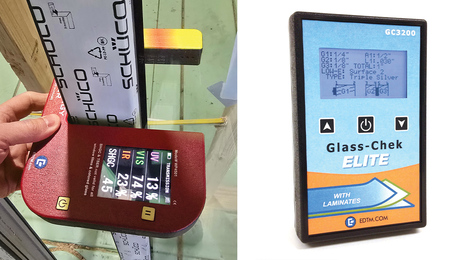
New devices showcased at the Builders' Show make it easy to measure glass performance, u-factor, SHGC, window thickness, and more.
Featured Video
SawStop's Portable Tablesaw is Bigger and Better Than BeforeHighlights
Fine Homebuilding Magazine
- Home Group
- Antique Trader
- Arts & Crafts Homes
- Bank Note Reporter
- Cabin Life
- Cuisine at Home
- Fine Gardening
- Fine Woodworking
- Green Building Advisor
- Garden Gate
- Horticulture
- Keep Craft Alive
- Log Home Living
- Military Trader/Vehicles
- Numismatic News
- Numismaster
- Old Cars Weekly
- Old House Journal
- Period Homes
- Popular Woodworking
- Script
- ShopNotes
- Sports Collectors Digest
- Threads
- Timber Home Living
- Traditional Building
- Woodsmith
- World Coin News
- Writer's Digest
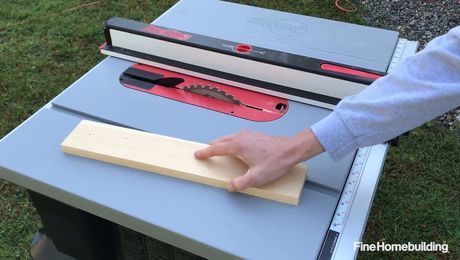
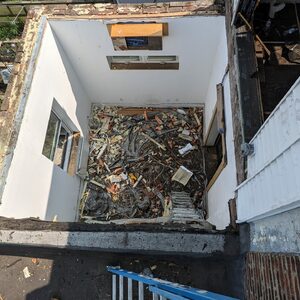
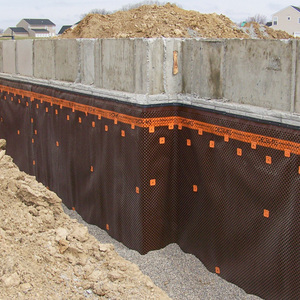
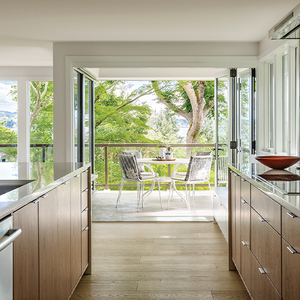
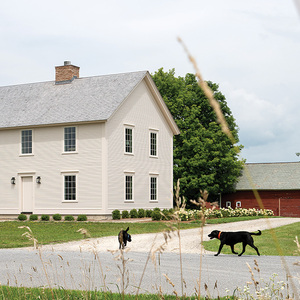













Replies
*
B--
Normally, chimney materials are absorbent enough that water--from poor flashing, poor or absent chimney cap, or condensation of flue gases--never makes it to the bottom. I suspect that it is not running water at the base of the chimney but a spot that has the "wet look." If so, it is probably due to salts--from original mortar or from combustion products--being carried slowly down and concentrating at the base. If the humidity conditions are relatively constant, a salty spot looks constantly wet. (If the humidity conditions vary, the salts precipitate at or near the surface).
What to do? 1) Let it be. 2) Try to flush the salts away with large quantities of water--may not work at all. 3) Find out from a chemist what the salts are and make a poultice (usually involving kitty litter somehow). 4) Epoxy paint, maybe.
Good luck.
*
I have a 7in by 7in clay flue lined chimney that is 35ft tall. The chimney is in the center of the house. The chimney is only used as a vent for a natural gas hot water tank (32,000 btu and 57% efficient). The hot water exhust is connected to a 4in flexible aluminum chimney liner. The problem is that some how water is appearing on the basement floor all around the base of the chimney. The house is located in a cold section of the northeast. The basement is "unheated", however the temperture never goes below 50F. Any thoughts or suggestions on how to stop the water build-up around the base of the chimney will be appreciated.
*B-Consult a heating contractor or chimney specialist. The flue products of natural gas combustion contain a large amount of regular old water vapor. If you try to put too small an amount of these products up a standard masonry chimney, there is not enough heat to carry them all the way up and out and they cool down to the point where the vapor condenses into liquid while it i still in the chimney. This can lead to water at the chimney base or the water will leach through the mortar and start damaging the interior of the house as well.
*Steve,I installed a 4in flexible aluminium liner and that has not helped. I understand that the moisture is from condensation, however is it from the outside of the aluminium liner? A 4in liner in a 7in by 7in clay flue is the right environment for this to occur?
*Did the chimney cap get damaged when you ran the flex? Is there a place for the condensate to drain at the bottom of the pipe (it's got to go somewhwere)? That's all I can think of. Good Luck, John